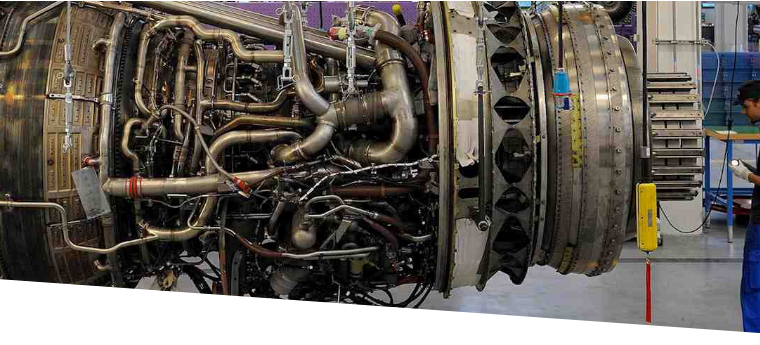From initial concept, engineers are working out how to make new aircraft more efficient. In fact, aviation is one of the most technologically advanced and innovative sectors in the world.
Unlike ground vehicles, which don’t need to be as fuel efficient because they can refuel often, long-distance aircraft must carry all their fuel on board. It is expensive, heavy and takes up significant storage. Its weight limits the range of an aircraft and it needs to be stored in tanks which affect the wing size and reduce the maximum load.
Each new generation of aircraft has double-digit fuel efficiency improvements, up to 20% more fuel efficient than the previous one. This has led to today’s modern aircraft producing 80% less CO2 per seat than the first jets in the 1950s. But there is more work to do.
New technologies on the horizon have the potential to decrease greenhouse gas emissions from aviation significantly, and solutions being implemented today promise further savings. Even incremental savings offer significant benefits overall.
Fuel efficiency is critical to the future of the aviation industry, not just for environmental reasons but also financial ones. Fuel makes up over 30% of airline operating costs.
To formalize and complement the market-driven improvement in fuel efficiency, the International Civil Aviation Organization (ICAO) agreed on a CO2 emissions standard in February 2016, which will apply to all new aircraft designs from 2020 and newly-built existing models from 2023.
Although currently in the very early stages of research and development, aerospace manufacturers are investigating the introduction of fully electric and hybrid-electric aircraft.
As battery technology develops, increased energy storage may make electrically-powered commercial flight a reality. Already, several small-scale demonstrators are showing how it can be used for training flights and two-person operations.
In the short-term, electric propulsion is likely to be restricted to so-called ‘air taxi’ operations which are expected to start service in a small number of cities from around 2023-2025. These will provide 2-4-person commuter flights to avoid ground traffic congestion.
Longer term, several companies including Zunum and Wright Electric are developing more familiar commercial aircraft concepts. These would be regional jet sized, short-haul aircraft and could potentially be in service by around 2035, although more research is needed.
The quest to maximize range and payload (passengers or freight) while reducing the weight of the batteries and the energy density of stored electricity is a challenge. There is also a lot of research into hybrid options – combining the performance of liquid sustainable aviation fuel with the efficiency of electric propulsion. This may be an option for mid to long-range flights in future.




